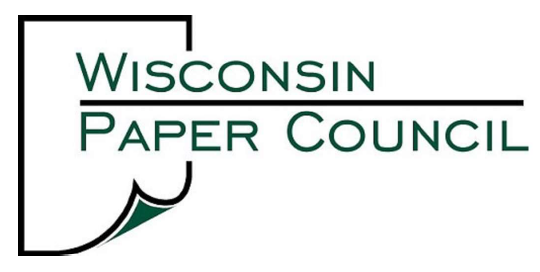STATE REGULATION
Regulatory Activity
Wisconsin sets its groundwater standards through a process spelled out in Chapter 160 of Wisconsin Statutes. The Department of Health Services (DHS) recommends an enforcement standards for certain substances. That enforcement standard is then incorporated into administrative rule through rulemaking at the Department of Natural Resources (DNR).
In late June, DHS submitted recommended groundwater standards for certain PFAS compounds (PFOA/PFOS) at a combined enforcement standard of 20 parts per trillion (ppt) and a preventive action limit or PAL of 2ppt. DHS published the standards as a guidance document, allowing one day for public input.
DNR is now expected to begin rulemaking to enforce the standard. DNR cannot amend the recommended standard from DHS, they can only adopt a more stringent level. DNR is required to promulgate rules to enforce a PAL of 10-20% of the recommended standard unless it determines that the PAL is not technically or economically feasible. DNR can require a regulated entity to take any action technically and economically feasible to control the contamination. DNR has significant discretion in enforcing the standard and PALs.
Regulatory next steps;
Emergency Rulemaking – DNR can propose emergency rules to regulate PFAS
Permanent Rulemaking – DNR will begin the permanent rule process adopting the enforcement standard
Drinking Water Standard – DNR can establish a drinking water standard
Voluntary PFAS testing – Currently DNR is asking regulated entities to voluntary turn over monitoring/testing data of PFAS
Legislative Activity
The Wisconsin Legislature has introduced multiple pieces of legislation relating to the regulation of PFAS. Please check back for regular updates of legislative proposals. In the 2019-21 biennial budget, the Department of Natural Resources was granted additional positions and funding to study PFAS compounds. Other legislative proposals are still moving through the legislative process:
2019 Senate Bill 310/Assembly Bill 323 Relating to: regulating fire fighting foam that contains certain contaminants and granting rule-making authority. SB 310/AB 323 would prohibit the use of PFAS containing fire fighting foam from being used for training purposes.
2019 Assembly Bill 85/ Senate Bill 109 Relating to: state health-based groundwater quality standards for certain groundwater contaminants. AB 85/SB 109 would require the Department of Health Services to recommend a PFAS standard within 30 days of enactment of the bill.
2019 Assembly Bill 321/Senate Bill 302 Relating to: setting standards for certain contaminants, providing information relating to off-site disposal of certain waste, extending the time limit for emergency rule procedures, providing an exemption from emergency rule procedures, granting rule-making authority, and making an appropriation. AB 321/SB 302 requires the DNR to regulate PFAS compounds, even those beyond just PFOS and PFOA in air, water, soil and various other mediums. It allows the DNR to enforce DHS’s recommended standard in the absence of rulemaking.
FEDERAL REGULATION
The United States Environmental Protection Agency (EPA) has established a PFAS action plan at the federal level to regulate PFAS, improve community monitoring and detection of PFAS among numerous other items.
To date, EPA has done the following:
Established both a Health Advisory Level and draft Interim groundwater cleanup recommendations for PFOA and PFOS at 70 ppt
Developed a laboratory method for measuring certain types of PFAS in drinking water
Continues to further study of the health impacts of the compounds
Provided public access to PFAS data and information
Has begun the development of a drinking water standard or Maximum Contaminant Level (MCL)
Expanded monitoring to better understand PFAS fate and transport, or how it moves through the environment
For more information on EPA’s PFAS Action Plan please visit: https://www.epa.gov/pfas
OTHER JURISDICTIONS
Currently, Wisconsin DHS’s 2 ppt is the most restrictive combined PFOA and PFOS standard in the world. The Interstate Technology Regulatory Council has compiled information on PFOA and PFOS regulation in other states and countries. For more information on state by state regulation, please visit: https://pfas-1.itrcweb.org/fact-sheets/




